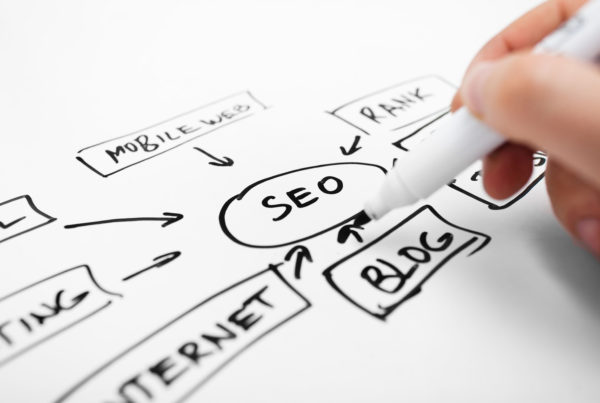
Are you considering a re-brand for your financial firm in 2022? With a new year comes a fresh start, and this could be the perfect time to set your business on a strong new footing with its visual identity.
Given that branding for financial services can be hard to define, what exactly does a branding project look like? What does it include, and what are some of the key deliverables when the project is finished?
Below, our branding team at CreativeAdviser outlines 7 key elements to a financial branding project that most businesses should consider in a project like this. Of course, your project may look different depending on your exact goals and requirements. However, in our experience the following list covers the core deliverables in most branding projects.
We hope this content is useful to you. If you’d like to discuss your own financial branding project with us, please get in touch for a free online consultation with a member of our creative team.
#1 Name & strapline(s)
This is often overlooked by financial firms when considering a branding project. Yet have you stopped to consider whether your company name is still working, or if it ever worked well in the first place?
Having a unique, memorable name is a core feature of a strong financial brand. If clients and prospects struggle to recall your name in conversation (often the case with acronym-based names, like “ABC Financial”), then this is hurting your branding.
A great name can speak volumes for a financial services brand, conjuring images and stories in your audience’s minds. This, in turn, can be a crucial foundation for your other brand assets – including your colour scheme and image choices.
#2 Logo design
It is easy to want to cut corners with your logo. Indeed, it isn’t unusual for us to meet financial firms who have operated for years with a free design from a university graduate, or who bought one “on the cheap” from an overseas freelancer.
The problem with corner-cutting with your logo design is that people can usually tell, quite quickly. This then sends a message to their subconscious: “They didn’t put much effort into their logo. Do they care about their appearance, and will they put in effort for me?”
A great financial logo does not need to be extremely clever, complicated or “ground breaking” in its design. However, it does need to be flexible, memorable, distinct and well-designed. Remember, this is main image people will see on all your brand materials.
#3 Fonts & styles
Have you ever stopped to consider what font to use on a Word document you’re about to type? Why does it matter?
Of course, it matters because the style will lead readers to think certain things about your writing – before they even read the first sentence! As such, your font choice is hugely important. It could make the difference between an engaged reader, or a lost reader.
Here, your financial brand needs to choose its font carefully. This needs to integrate properly with your logo design, and communicate the right impression and values about your brand to anyone who looks at it.
You may even need to use multiple fonts together – e.g. a font for paragraph text, and a font for headers/titles.
#4 Imagery
Just as your choice of font can lead your audience to make certain assumptions and decisions, so can your choice of imagery.
Here, however, a lot of financial firms fall down. The industry is rife with creative clichés which you need to be careful to avoid. The classic one is the image of man/women in a field, with arms stretched out towards the sun!
Your images are an opportunity to quickly, clearly communicate what you stand for and what makes you different. Here, you can create a unifying theme which ties the imagery together. A good example of this is Tandem Financial, which uses images from different national parks in the UK to communicate the risk profiles of the company’s different investment portfolios.
#5 Client documents
With the core aspects of your visual identity now established, it is time now to turn to the more tangible deliverables for your financial branding project. Here, your client documents will be important, and can include:
- Client folder
- Compliment slips
- Letterheads
- Client consent forms
Here, you need to take care with each design and make sure the quality (e.g. of printed items) is excellent, to create a great impression.
#6 Event materials
These items are often useful to have handy at physical events which you may attend, such as trade shows or seminars. However, they can also be handy to have in the office for meetings with clients and business partners:
- Business cards
- Pop-up banners
- Leaflets & fold-out booklets
- Company brochures
- Branded items such as mugs, pens and binders
- Office signage
#7 Online assets
In today’s digital age, it is vital to have a strong set of “online assets” to offer clients and prospects who might visit your website, social media and other web-based channels. Here, your new financial brand needs to be tied in, effectively.
Examples of “online assets” which you may consider include:
- Downloadable PDF guides
- Animated “explainer” videos
- Market updates
- White papers
- Factsheets
- Surveys, quizzes, polls and calculators
Here, it can help enlist the help of a financial digital agency to make sure these resource tie into your marketing strategy, properly.
For instance, here you can be smart with your “conversion tracking” – i.e. setting up your Google Analytics in a way that allows you to track how visitors engage with these assets, find out what is working and optimise them for more engagement.






